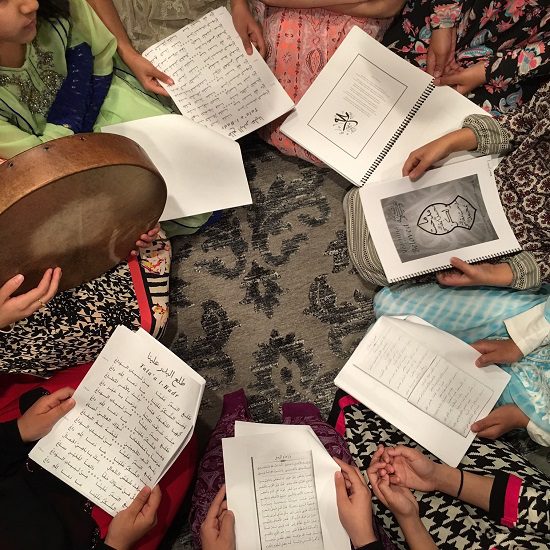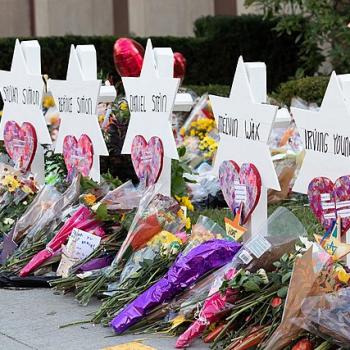Misconception #1: They’re all foreigners.
Salafism is often (rightly) associated with Saudi Arabia. Indeed, it was this country’s immense oil wealth that enabled it to spread its ‘Wahhabi’ brand of Salafism abroad from the 1970s onward. But we should not deduce from this that Salafism in the West is essentially an “Eastern” or “Gulf” phenomenon.
Groups that identify as Salafi in Britain are dominated not by Saudi migrants — whose numbers are actually very small — but by young people who were born here or who arrived at an early age. These include second- and third-generation Muslims, particularly South Asians, but above all, young Somalis and Afro-Caribbean converts.
A growing number of young black people, typically with Christian backgrounds, have embraced Islam since the 1990s, with a significant number following the Salafi interpretation. This trend is most manifest in south London, where the Salafi mosque in Brixton (where I did much of my fieldwork) has offered a welcoming base for black converts — some of whom felt socially and culturally alienated at other mosques.
Brixton became known as the “revert [i.e. convert] mosque” and the “Jamaican mosque” during the 1990s. Today, however, it is also host to a burgeoning young Somali contingent, who arrived in Britain after fleeing the Somali Civil War in the 1990s or were born in Britain following their parents’ resettlement.
Salafism, for these British-born (or raised) Muslims, was convincingly “pure” and “authentic” because it appeared to be anchored in something familiar, authoritative, and readily accessible to them — the Islamic scriptures (Quran and Prophetic traditions). Many drew contrasts with what they described as a “cultural” approach to Islam — i.e., traditions transplanted from their parents’ countries of origin.
Next: Salafis support “Jihadi” groups and shari’a law for the West












